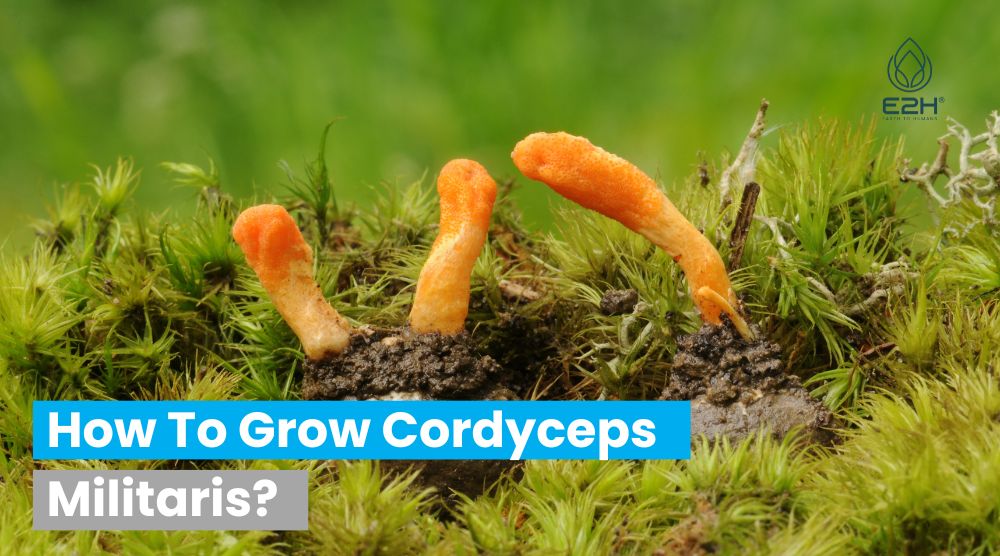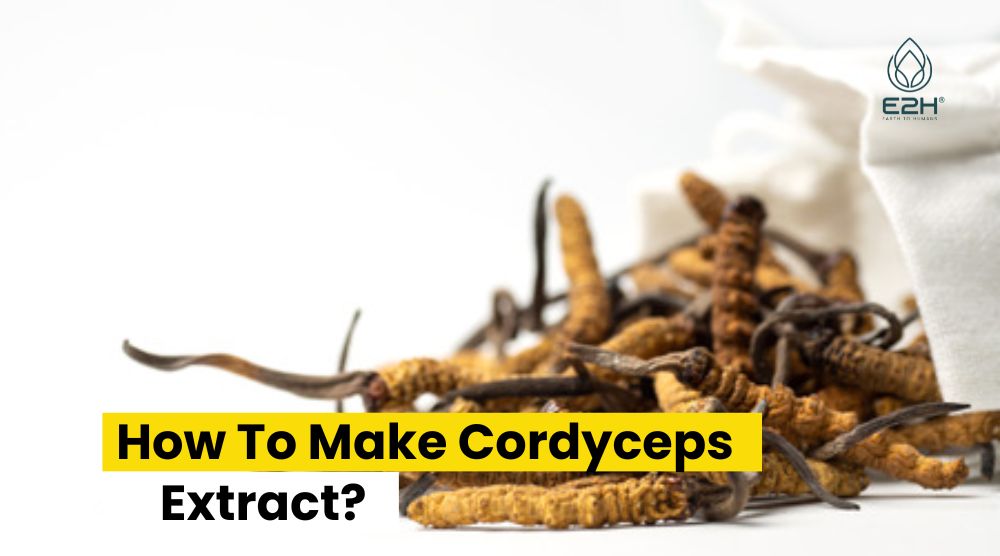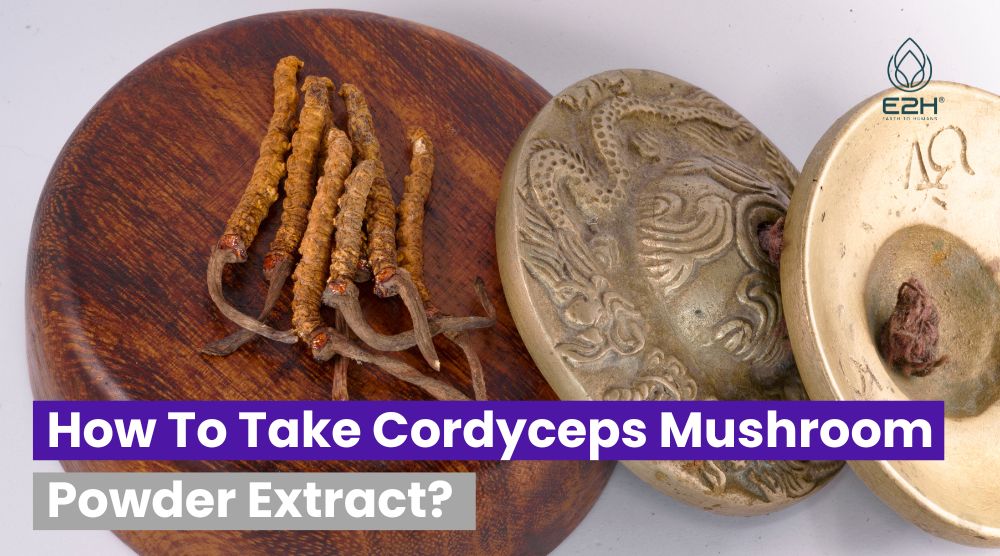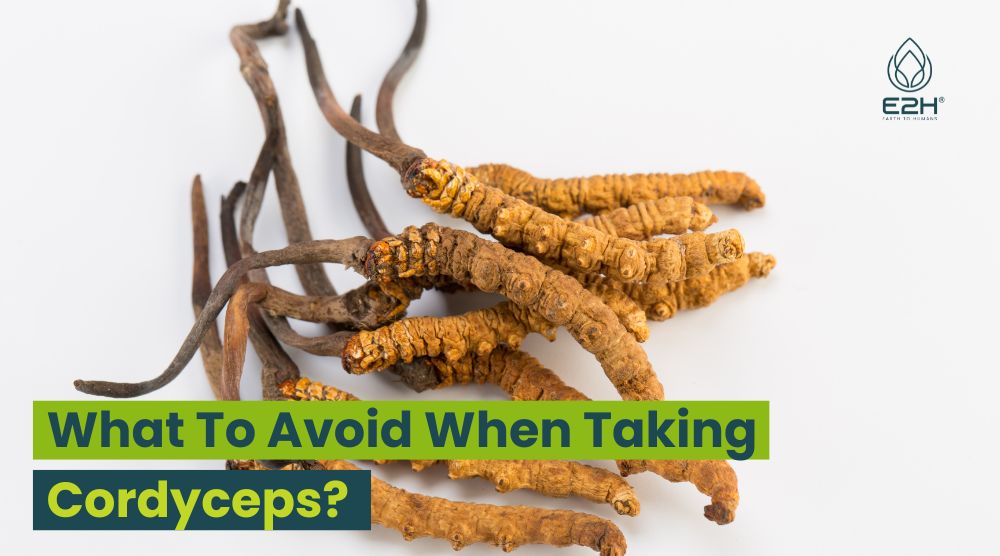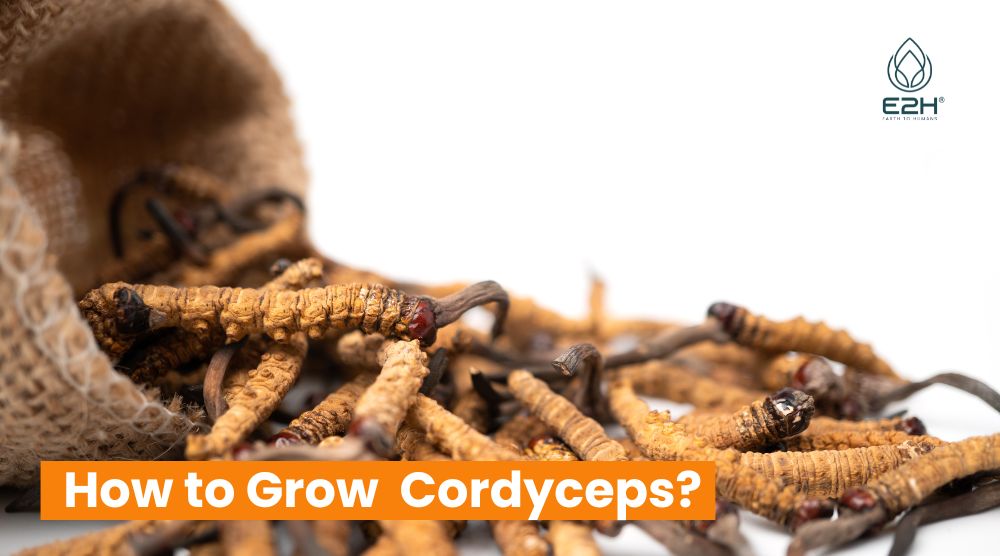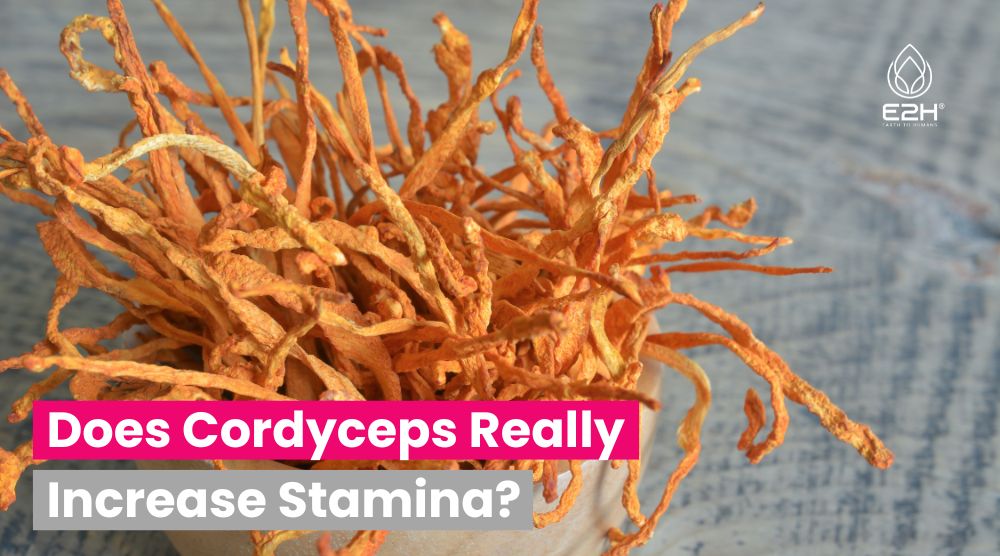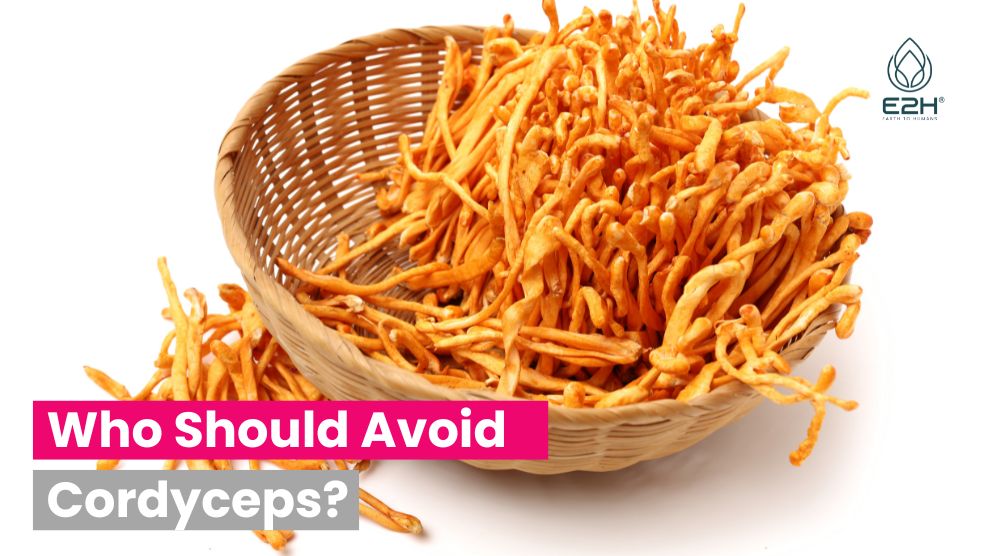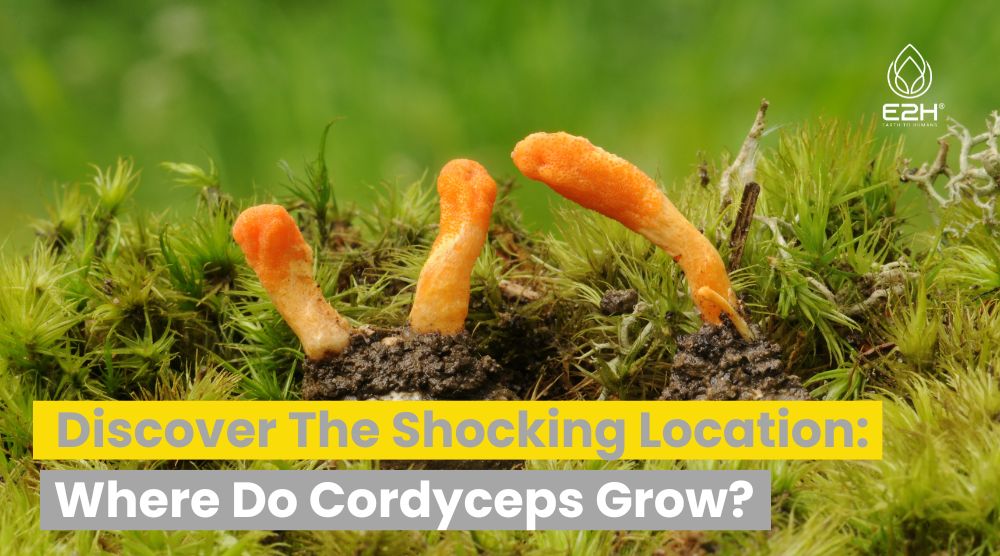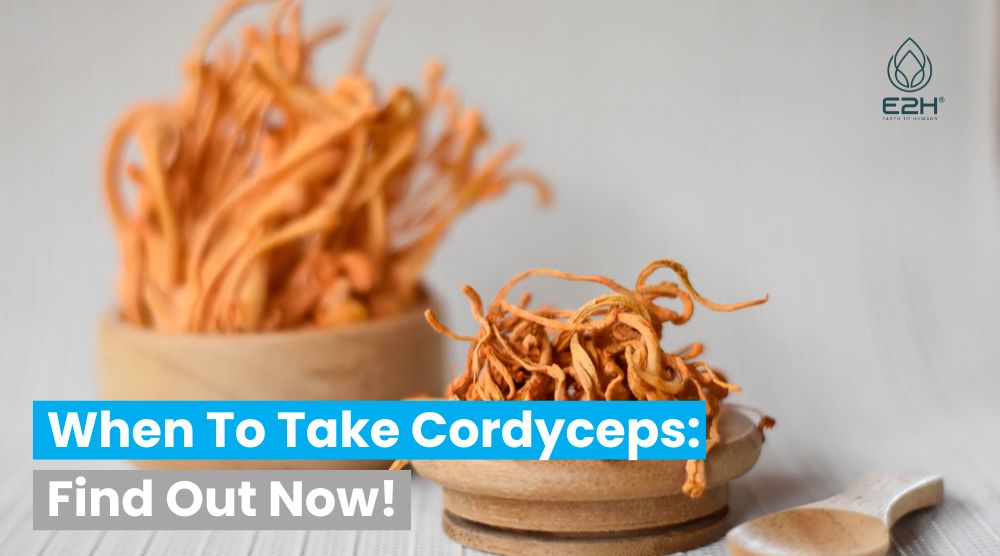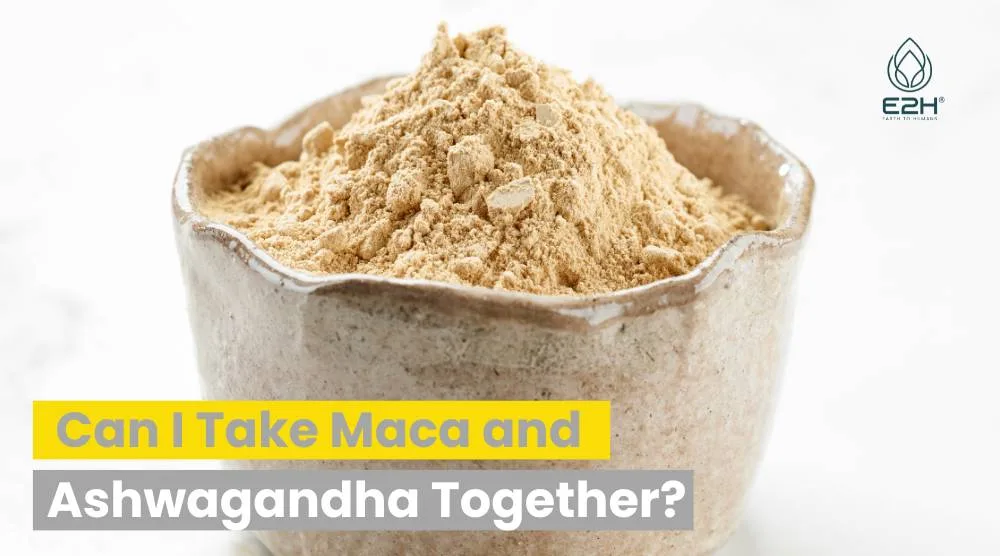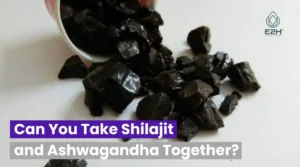How to grow cordyceps militaris: Growing Cordyceps Militaris involves substrate preparation, inoculation with mycelium, controlled incubation for mycelial growth, vernalization, fruiting body development, harvesting, and drying for preservation and use.
Whether you’re a seasoned mycologist or a curious beginner, navigating through the intricate steps of growing these precious fungi can be a journey of discovery and empowerment. Continue reading to explore a step-by-step guide, unveiling the secrets and methodologies behind successful Cordyceps Militaris cultivation.
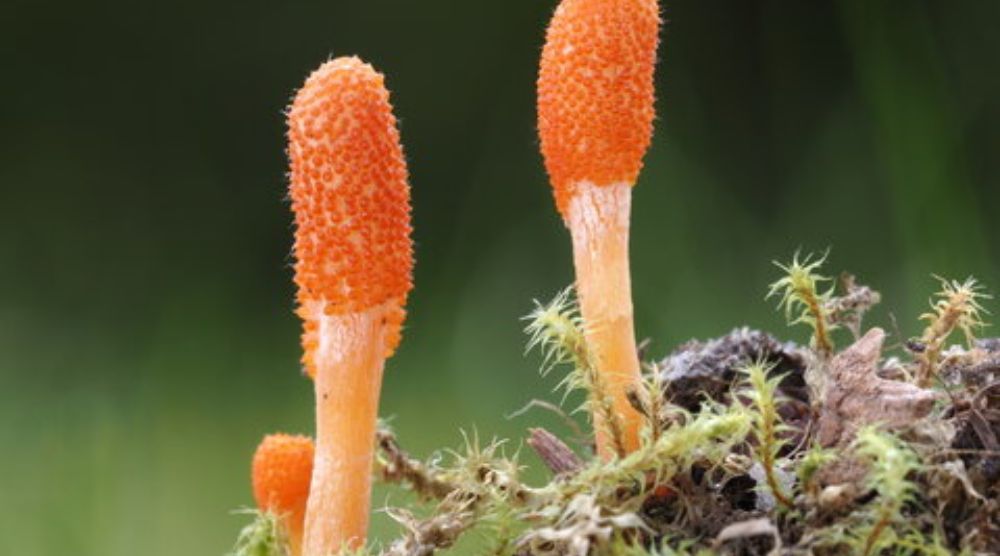
Where can I source cordyceps militaris spores or mycelium for cultivation?
To commence your Cordyceps Militaris cultivation, sourcing spores or mycelium is pivotal. Several avenues are available for acquiring these:
- Biotechnology Companies: Some companies specialize in providing fungal cultures for cultivation, such as the mentioned Hai Xin Bio Tech Ltd.
- Research Institutes: Entities like the Ningyang County Edible Mushroom Research Institute might provide cultures for research or commercial purposes.
- Online Retailers: Various online platforms offer Cordyceps cultures for sale to both amateur and professional cultivators.
- Mycological Societies: Engaging with mycological societies or forums can provide leads on where to acquire cultures.
- Universities: Some universities with mycology departments might distribute cultures for educational or research purposes. Ensure to verify the authenticity and quality of the spores or mycelium to avoid contamination and ensure a successful cultivation process.
How To Grow Cordyceps Militaris: step-by-step process
Growing Cordyceps Militaris involves a series of meticulous steps, each crucial for ensuring optimal growth, development, and yield. Here’s a step-by-step guide:
1. Substrate Preparation
- Formulation: Combine grains (e.g., rice, wheat) and nutritional supplements (e.g., sucrose, peptone).
- Sterilization: Sterilize the substrate to eliminate contaminants.
2. Inoculation
- Mycelium Source: Utilize a Cordyceps Militaris culture (spores or mycelium) for inoculation.
- Process: Introduce the mycelium to the sterilized substrate under sterile conditions.
3. Mycelial Growth (Incubation)
- Environment: Maintain a dark, cool environment (18-20°C).
- Duration: Allow 3-4 weeks for mycelial colonization of the substrate.
4. Vernalization
- Temperature: Implement a 12-hour light/dark cycle with temperatures of 23-24°C (light) and 15-16°C (dark).
- Humidity: Maintain 80%-95% humidity.
- Duration: Continue for several weeks until primordia formation.
5. Fruiting (Urging Grass)
- Light: Introduce a light cycle with varying intensities (500lx to 6000lx).
- Environment: Control temperature and humidity to support fruiting body development.
- Ventilation: Ensure adequate air exchange to facilitate growth.
6. Harvesting
- Timing: Harvest when the fruiting bodies have matured, typically when burrs appear.
- Method: Gently remove the fruiting bodies, ensuring minimal damage.
7. Drying and Storage
- Drying: Dry the harvested fruiting bodies at 60°C to preserve them.
- Storage: Store in a cool, dry place, away from direct sunlight.
8. Utilization
- Consumption: Use in culinary applications, such as teas or dishes.
- Extraction: Extract bioactive compounds for medicinal use.
Notes:
- Quality Control: Regularly inspect for contamination or abnormalities during cultivation.
- Documentation: Keep records of growth conditions and observations to refine future cultivation efforts.
What are the ideal conditions for cordyceps militaris cultivation?
Cordyceps Militaris cultivation necessitates a meticulous adherence to specific conditions to optimize growth and metabolite production. The initial cultivation phase, involving mycelial growth, typically requires a temperature of 18-20°C, with artificial light and a humidity level of 60-65%, in a dark environment.
Subsequent to this, the vernalization stage demands a controlled environment: 23-24°C with 200lx white light for 12 hours, and 15-16°C in darkness for the remaining 12 hours, maintaining a humidity level of 80%-95%. The “urging grass” stage, crucial for fruit body development, involves a sophisticated light regimen with varying intensities (500lx to 6000lx) and specific temperature and humidity controls.
The entire cultivation process is a delicate interplay of temperature, light, and humidity, each stage with its unique set of parameters, ensuring optimal growth and cordycepin production.
Can I grow cordyceps militaris without special equipment?
While Cordyceps Militaris cultivation can be intricate, a simplified version can be executed without specialized equipment, albeit with potential compromises on yield and quality. Here’s a basic cultivation guide:
- Substrate Preparation: Utilize a mix of rice, wheat, and other grains, possibly incorporating nutritional supplements like peptone or sucrose, as per the patent details.
- Inoculation: Introduce the Cordyceps mycelium to the substrate in a clean environment to minimize contamination risk.
- Cultivation: Employ a dark, cool space (like a basement) to mimic the initial mycelial growth conditions. For the fruiting stage, transition to a more illuminated and slightly warmer environment.
- Harvesting: Once the fruit bodies mature, harvest and dry them for use. While this method may not optimize cordycepin content or yield, it provides a basic,
What substrates are suitable for cordyceps militaris cultivation?
Cordyceps Militaris cultivation demands a nutrient-dense substrate to foster optimal mycelial growth and fruiting. Commonly utilized substrates include a blend of grains, such as wheat, oats, rice, and paddy, which are often combined with auxiliary materials to enhance nutritional availability.
For instance, the patent CN103650911A outlines a substrate comprising peptone, dried silkworm chrysalis meal, sucrose, magnesium sulfate, and potassium dihydrogen phosphate. Additionally, other formulations might incorporate starch, nutritional yeast, sugar, azomite, and baby food.
The substrate must cater to the nutritional needs of the fungus, providing a balance of carbohydrates, proteins, and minerals, thereby facilitating robust mycelial development and subsequent fruiting body proliferation.
Are there any specific temperature and humidity requirements for cordyceps militaris?
Cordyceps Militaris cultivation is characterized by distinct phases, each with specific temperature and humidity requisites. During mycelial growth, a temperature range of 18-20°C and 60-65% humidity in a dark environment is ideal.
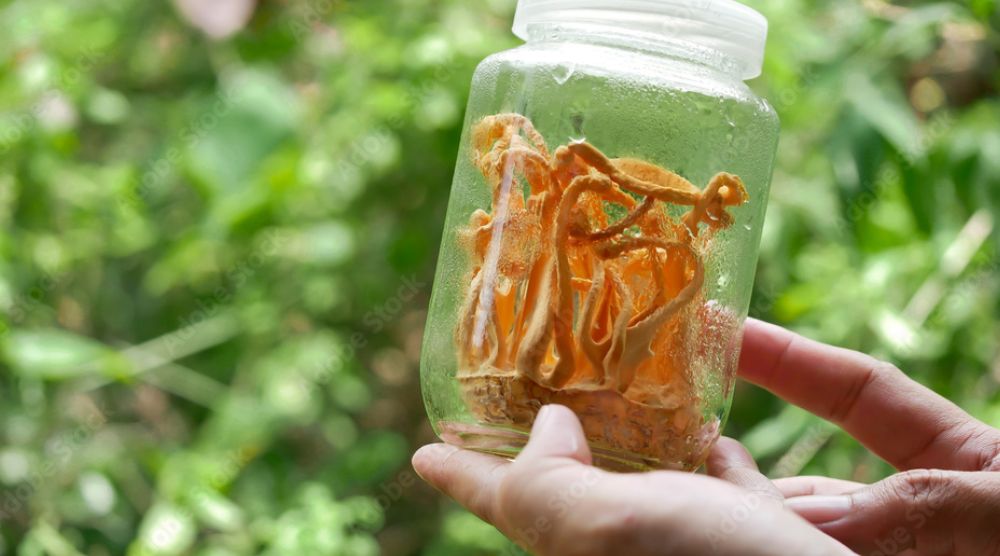
The vernalization phase necessitates a 12-hour light/dark cycle with temperatures oscillating between 23-24°C (light) and 15-16°C (dark), maintaining 80%-95% humidity. The subsequent “urging grass” stage demands a meticulous light regimen (500lx to 6000lx) and controlled temperature and humidity.
The precise modulation of these parameters throughout the cultivation cycle is imperative to optimize mycelial development, trigger fruiting body formation, and ensure the stabilization of cordycepin content within the Cordyceps Militaris.
What are the common challenges or problems in cordyceps militaris cultivation?
Cultivating Cordyceps Militaris presents several challenges, notably:
- Contamination: Ensuring a sterile environment to prevent contamination from competing organisms is paramount.
- Optimal Conditions: Maintaining the precise temperature, humidity, and light conditions through various cultivation stages can be intricate.
- Consistent Quality: Achieving a stable cordycepin content and uniform fruiting body development requires meticulous adherence to the cultivation protocol.
- Substrate Formulation: Crafting a nutrient-dense substrate that adequately supports mycelial growth and metabolite production can be complex.
- Harvesting: Determining the optimal harvesting time to maximize yield and quality necessitates careful observation and expertise.
How long does it take to grow cordyceps militaris from start to harvest?
The cultivation of Cordyceps Militaris from inoculation to harvest typically spans several weeks. The initial mycelial growth phase can last 3-4 weeks, followed by a vernalization stage, which may extend for another few weeks.
Subsequent phases, including “urging grass” and fruiting body development, can take an additional 4-6 weeks. Therefore, the entire process from start to harvest might approximately range from 11 to 16 weeks.
However, the exact duration can be influenced by specific strain characteristics, cultivation conditions, and the adherence to optimal temperature, light, and humidity parameters throughout the various growth stages.
What are the nutritional requirements for cordyceps militaris?
Cordyceps Militaris necessitates a nutrient-rich substrate to facilitate robust mycelial development and fruiting. Key nutritional components include carbohydrates, often sourced from grains like wheat or rice, and additional supplements like sucrose for energy.
Proteins, derived from peptone or silkworm chrysalis meal, are crucial for cellular development. Minerals, such as magnesium sulfate and potassium dihydrogen phosphate, support metabolic processes and physiological functions.
Some formulations also incorporate vitamins and trace elements, sourced from ingredients like nutritional yeast extract, azomite, eggs or baby food, to enhance growth and metabolite production, ensuring a comprehensive nutritional profile for the fungus.
Are there any pests or diseases that affect cordyceps militaris cultivation?
Cordyceps Militaris cultivation can be susceptible to various pests and diseases, which can adversely impact yield and quality. Contamination from competing fungi, bacteria, or other microorganisms poses a significant challenge, necessitating stringent sterilization and hygiene practices.
Pests, such as mites, can invade cultivation setups, feeding on the mycelium and fruiting bodies of parasitic fungus. Additionally, improper cultivation conditions or nutritional imbalances can induce physiological disorders within the fungus, impeding growth and metabolite production.
Implementing rigorous pest management strategies, maintaining optimal cultivation conditions, and ensuring substrate sterility are pivotal to mitigating the impact of pests and diseases in Cordyceps Militaris cultivation.
How can I cultivate cordyceps militaris at home?
Cultivating Cordyceps Militaris at home involves preparing a nutrient-dense substrate, inoculating it with mycelium, and managing specific growth conditions. Utilize a substrate of grains, possibly supplemented with nutritional additives.
Inoculate with Cordyceps mycelium and allow for mycelial growth in a dark, cool environment. Transition to a light-exposed, warmer setting for fruiting body development, adhering to specific temperature and humidity parameters.
Harvest the fruiting bodies upon maturity. While simplified, this method allows for home cultivation, albeit with potential variations in yield and quality compared to controlled, commercial setups.
What are the potential uses and benefits of cordyceps militaris?
Cordyceps Militaris is renowned for its potential health benefits, including boosting immunity and enhancing physical and athletic performance throughout. It’s utilized in traditional medicine and is believed to possess anti-inflammatory, antioxidant, and anti-tumor properties.
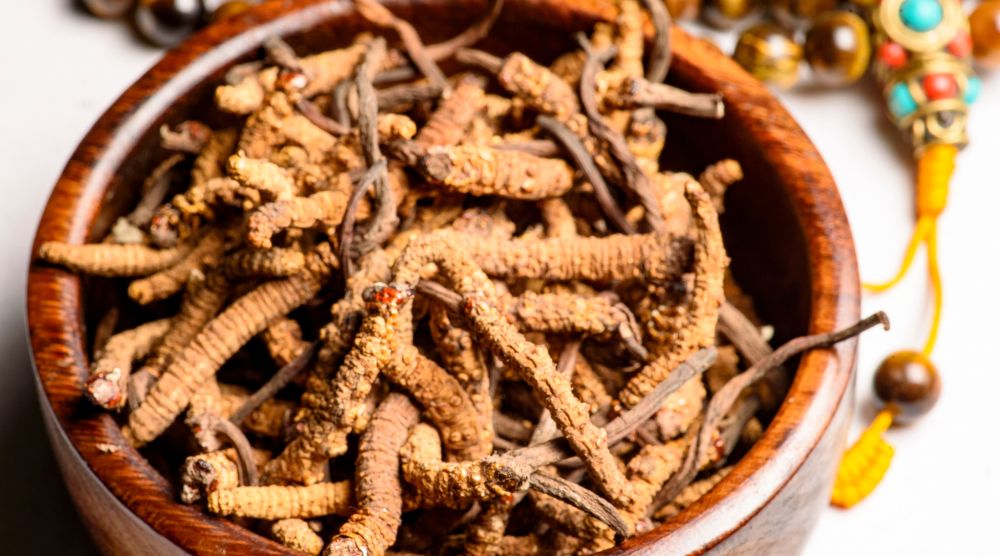
Additionally, it’s explored for its potential to improve respiratory and heart health, manage blood sugar levels, and enhance libido. Moreover, Cordyceps Militaris is utilized in culinary applications, being incorporated into soups, teas, and various dishes, providing both nutritional benefits and potential medicinal value.
What are the differences between cordyceps militaris and other cordyceps species?
Cordyceps Militaris is often compared to other species like Cordyceps Sinensis due to its similar bioactive compounds, notably cordycepin. However, distinctions lie in their growth environments, host organisms, and physical characteristics.
While Cordyceps Militaris can be commercially cultivated on various substrates, Cordyceps Sinensis typically parasitizes insect hosts in the wild. Morphologically, Cordyceps Militaris often exhibits a vibrant orange hue, contrasting with the more subdued colors of some other species.
Additionally, variations exist in their bioactive compound concentrations, influencing their respective medicinal potentials and applications.
What are some success stories or tips from experienced cordyceps militaris growers?
Experienced Cordyceps Militaris growers often emphasize the importance of maintaining stringent sterilization practices to mitigate contamination overall health risks. Success stories often highlight health benefits from the meticulous management of growth parameters, ensuring optimal temperature, humidity, and light conditions throughout the cultivation cycle.
Innovations, such as utilizing specific substrate formulations or implementing novel cultivation techniques, have enabled growers to enhance yield and quality. Engaging with the growing community, participating in forums, and exploring scientific literature can provide insights, tips, and strategies to navigate the complexities and challenges of Cordyceps Militaris cultivation, contributing to successful growing endeavors.
FAQs
What is the optimal temperature for Cordyceps Militaris mycelial growth?
Maintain a temperature of 18-20°C during the mycelial growth phase to ensure optimal development and colonization of the substrate.
Can Cordyceps Militaris be cultivated on a small scale at home?
Yes, Cordyceps Militaris can be cultivated at home using sterilized grain substrates, controlled environmental conditions, and proper inoculation techniques.
How do I know when it’s time to harvest Cordyceps Militaris?
Harvest Cordyceps Militaris when the fruiting bodies mature, typically indicated by burr formation and cessation of vertical growth.
Is it necessary to dry Cordyceps Militaris after harvesting?
Yes, drying Cordyceps Militaris post-harvest is crucial for preservation, preventing decay, and maintaining its medicinal properties.
What are the light requirements during the fruiting stage of Cordyceps Militaris?
The fruiting stage requires a specific light cycle with varying intensities (500lx to 6000lx) to support optimal fruiting body development.
Conclusion
In the intricate journey of Cordyceps Militaris cultivation, every step, from the careful preparation of substrate to the mindful harvest of mature fruiting bodies and spores, is a testament to the marvels of fungal growth and the rewards of meticulous care. As you navigate through each phase, remember that the essence of successful cultivation lies in understanding, patience, and a keen observation of the subtle, yet profound, development of these remarkable fungi. May your cultivation endeavors be fruitful, and may the Cordyceps Militaris bring wellness and discovery into your life.
